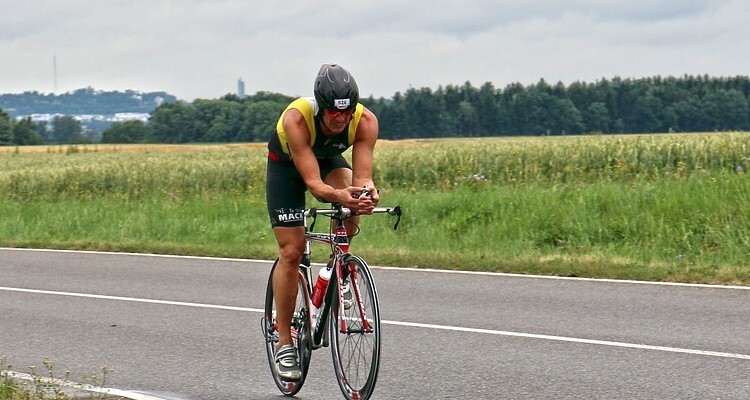
In the dynamic realm of sports, athletes and coaches continually strive for improvement and excellence. However, achieving lasting change in behavior, whether it be adopting a new training regimen, breaking bad habits, or enhancing performance, is often a complex and challenging process. The Transtheoretical Model (TTM) of Change, developed by James O. Prochaska and Carlo C. DiClemente, provides a comprehensive framework for understanding and facilitating behavior change across various domains, including sports.
The Transtheoretical Model consists of five stages that individuals go through during the process of behavior change. These stages are:
Understanding the Transtheoretical Model of Change is pivotal for coaches and athletes seeking to enhance performance and well-being in the world of sports. By recognizing and addressing the unique challenges at each stage, individuals can navigate the process of behavior change successfully. The TTM provides a valuable roadmap for creating tailored interventions that support athletes in their journey towards sustained and meaningful improvements.
References
Prochaska, J. O., & DiClemente, C. C. (1983). Stages and processes of self-change of smoking: Toward an integrative model of change. Journal of Consulting and Clinical Psychology, 51(3), 390–395.
Prochaska, J. O., Norcross, J. C., & DiClemente, C. C. (1994). Changing for Good: A Revolutionary Six-Stage Program for Overcoming Bad Habits and Moving Your Life Positively Forward. New York: HarperCollins.
Marcus, B. H., Rossi, J. S., Selby, V. C., Niaura, R. S., & Abrams, D. B. (1992). The stages and processes of exercise adoption and maintenance in a worksite sample. Health Psychology, 11(6), 386–395.
